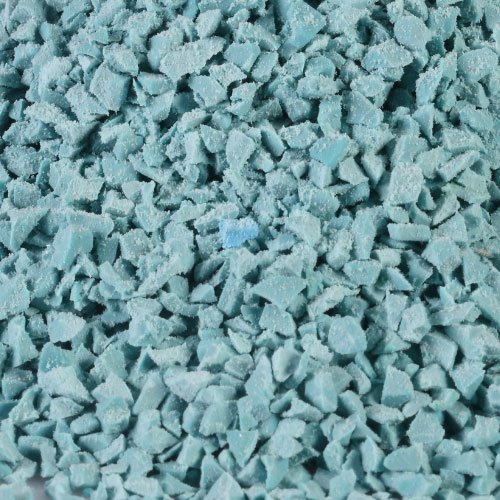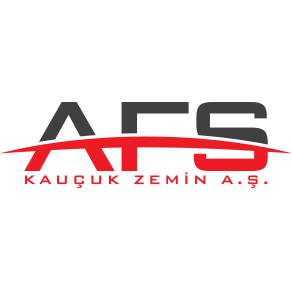EPDM Flooring
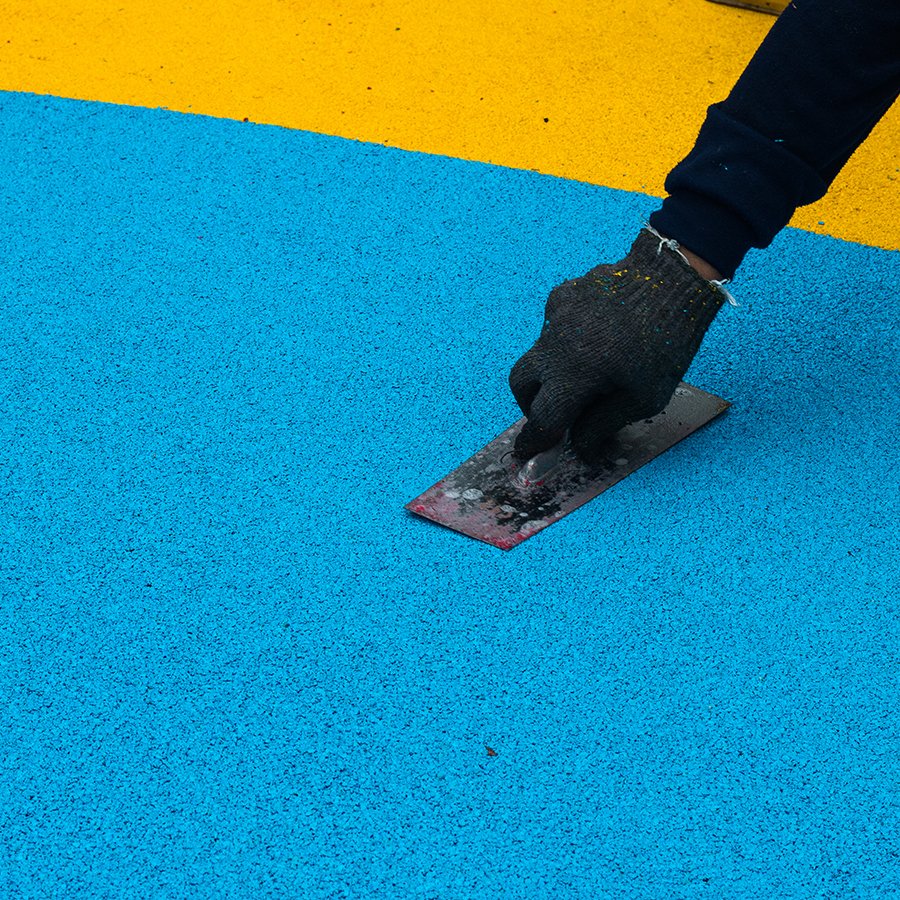

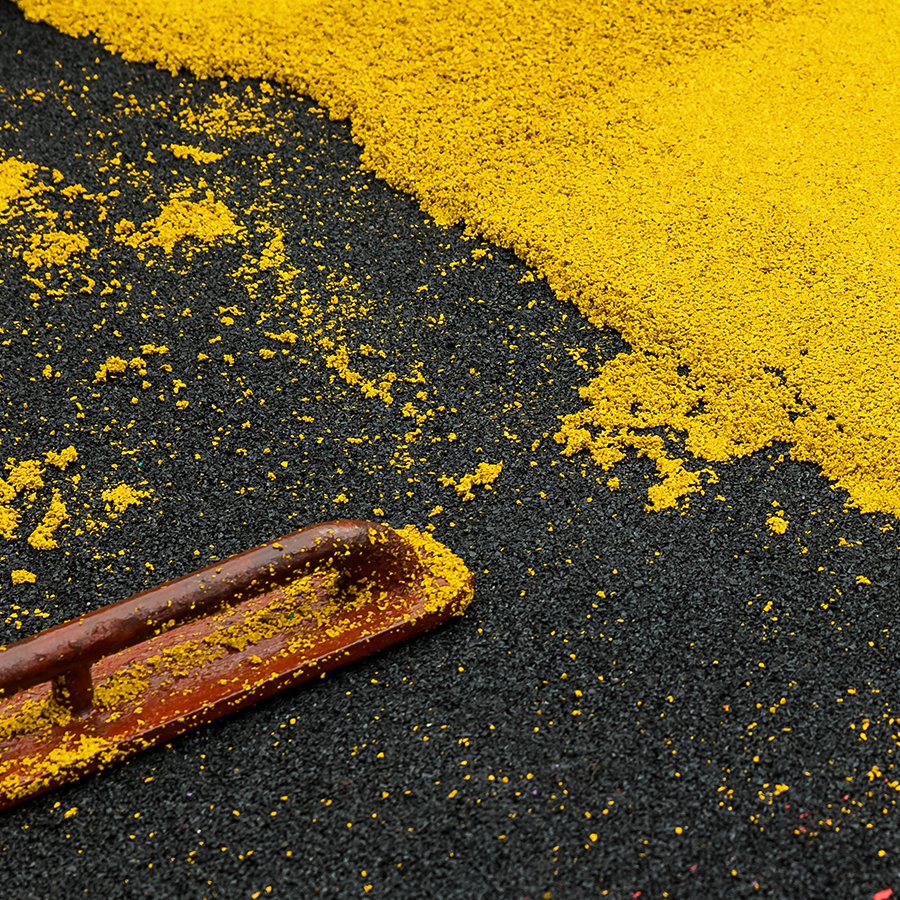
EPDM granules are used as a surfacing material in sports flooring and children’s playground surfaces. The full name of EPDM is Ethylene Propylene Diene Monomer, and its raw material is rubber.
How to Apply EPDM Flooring Coatings?
Firstly, the asphalt or concrete substrate with correctly provided slopes is thoroughly cleaned from any dust, dirt, and moisture.
Afterwards, a layer of primer (a mixture of ethyl acetate and polyurethane binder) is applied to the substrate using rollers. After the primer layer has dried, the first stage of the application involves pouring an 8 mm thick layer of SBR granules. Firstly, SBR rubber granules with a caliber of 1-3 mm are mixed with a polyurethane binder at a ratio of 18%. (EXAMPLE: In order to obtain 20 mm thickness from 1-3 mm caliber SBR granules, 14 kg of granules should be used per square meter.) Then, the mixture is spread onto the substrate using a trowel and compressed. The resulting black-colored SBR granule layer takes approximately 10-15 hours to dry. During this time, it is important to avoid stepping on the surface. The resulting black-colored SBR granule layer takes approximately 10-15 hours to dry. During this time, it is important to avoid stepping on the surface.
After the curing process is completed, 1-3 mm thick EPDM granules are mixed with a polyurethane binder at a ratio of 20% and spread over the cured black layer.
Thus, your multi-purpose field will be prepared. The drying time for the EPDM granule layer is approximately 24-36 hours. During this time, it is crucial to avoid stepping on the surface. After the curing process is completed, the area can be used. Finally, desired game lines are drawn on the field using polyurethane-based line paint, and the field becomes ready for use. Our system is under the guarantee of our company for 2 years against application and assembly errors.
- The measurement of dust content – EN 933-1
- Density of fill materials – EN 1097-3
- Particle shape of fill materials – EN 14955
- Evaluation of synthetic fills – FIFA Test Method 11 (TGA)
- Color change – BS EN 20105-A02:1995
- Artificial weathering – EN 14836:2005
- Toy safety – EN 71-3
We have test reports available for these standards.
The results of the anti-carcinogenic content test conducted on the products are as follows:
EPDM granules are produced from rubber, making it a highly flexible material. For this reason, it can easily adapt to any conditions. It is not susceptible to any damage from the sun during summer or the cold during winter. Due to its elasticity, it is highly resistant to impacts. Its elasticity also helps it conform to any shape. Being inherently durable, EPDM granules do not undergo changes based on weather conditions. This material, which is resistant to various conditions, does not experience phenomena such as stretching, expansion, or shrinkage. As a result, it can be easily used in both summer heat and winter cold. EPDM granules are not a material that is colored later. As it is not subjected to a painting method, there is never a situation such as color fading in this material.
This material, which is resistant to various conditions, does not experience phenomena such as stretching, expansion, or shrinkage. As a result, it can be easily used in both summer heat and winter cold. EPDM granules are not a material that is colored later. As it is not subjected to a painting method, there is never a situation such as color fading in this material.
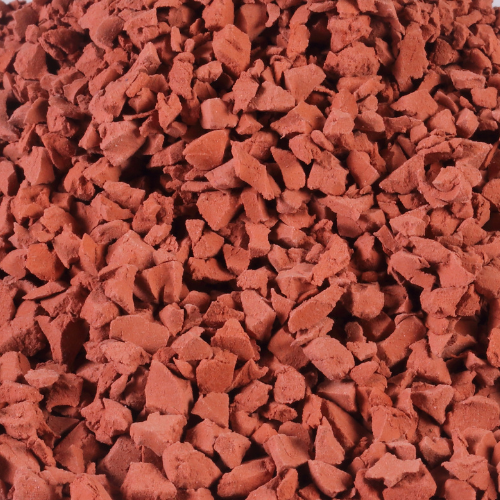
01 RED

02 DARK GREEN

03 LIGHT GREEN

04 DARK BLUE

05 LIGHT BLUE

06 ORANGE

07 YELLOW

08 GOLDEN YELLOW

09 COFFEE

10 ANTHRACITE

11 ANDESITE
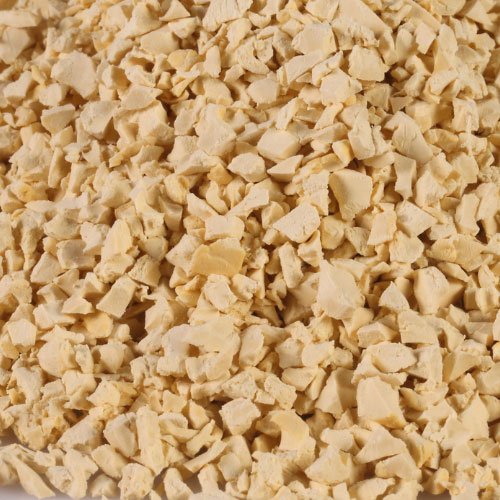
12 IVORY

13 PINK
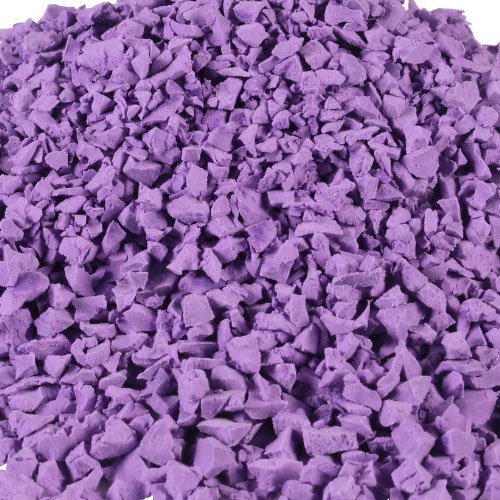
14 PURPLE

15 WHITE

16 CHROME GREEN

17 RASPBERRY RED
